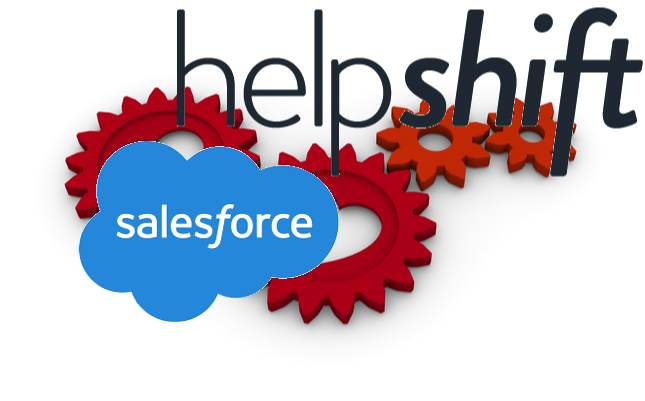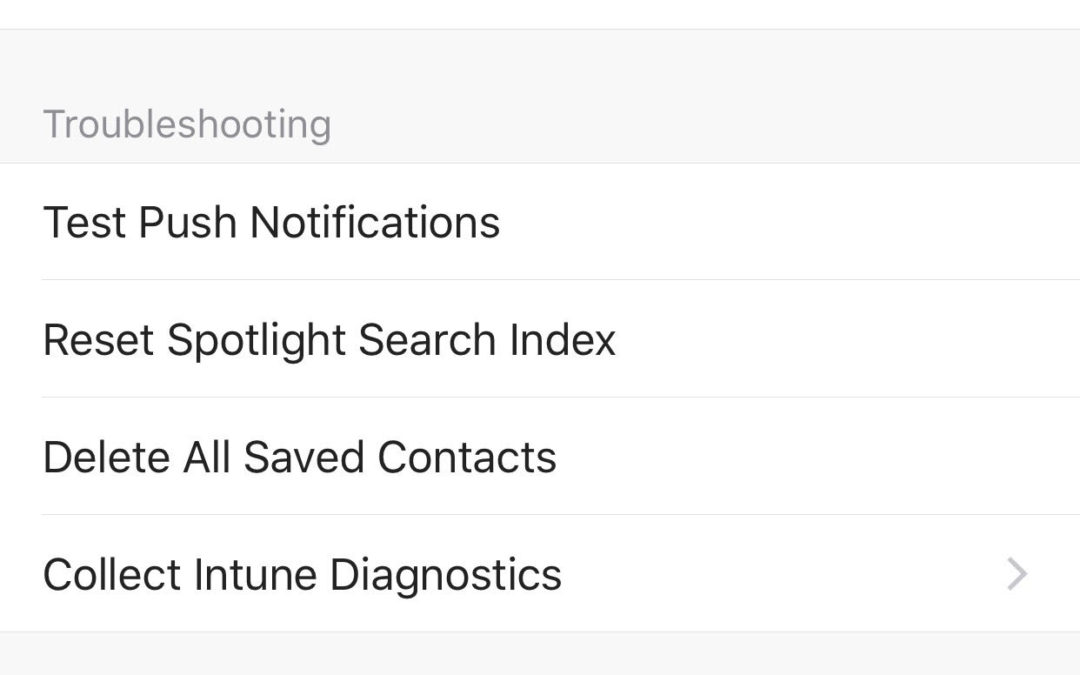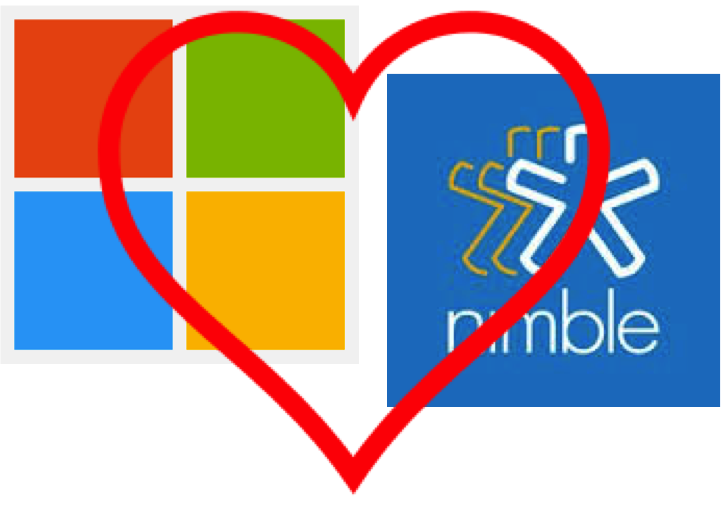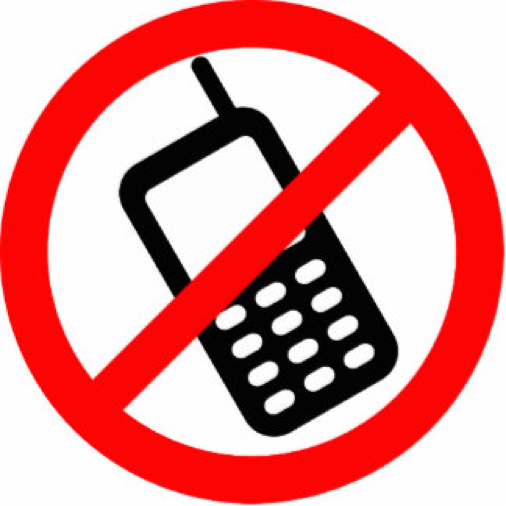
by twieberneit | Jun 17, 2017 | Blog |
With mobile phones taking over our lives and conversational interfaces becoming ubiquitous there is certainly a new level of demand arriving at customer service centers. Customers do not accept a mediocre service experience anymore. With their smartphones they have the means to get to customer service with nearly no delay and they are certainly willing to use it. And they do it. In this situation customers are often already feeling some frustration or disappointment because they couldn’t achieve what they wanted to achieve in the first instance. They already had their taste of a suboptimal customer experience. Frustration, disappointment – customers’ negative emotions towards a brand have a corresponding negative impact on the business. Customers just might go buy somewhere else. After all, in times of smartphones this has become simpler than ever. The support center now has best chances to add the feeling of being disrespected and outright anger into the mix. Or it can create a feeling of relief, of being respected, valued, even some satisfaction; this in spite of having come into the need of asking for support. Here the service agents have the opportunity to create a positive customer experience out of a poor one – one that will overlay the negative one. Use Customer Service To Create Positive Emotions Which one is better for the company – and the company’s bottom line? The answer to this question is pretty obvious. Inmoment Research recently released a study that clearly established links between positive experiences and positive outcomes for a company. And this was not the first study finding that investing into positive customer experiences results...

by twieberneit | May 26, 2017 | Analysis, Blog |
The leading in-app support company Helpshift just released a seamless integration with the Salesforce Service Cloud. This integration is now available on AppExchange. Here a copy of the press release for your convenience, followed by my analysis: Helpshift Announces New Integration Capabilities for Its Customers on the Salesforce AppExchange, the World’s Leading Enterprise Apps Marketplace SAN FRANCISCO – (BUSINESS WIRE) – MAY 25, 2017 – Helpshift today announced an integration with new capabilities available on the Salesforce AppExchange. This integration is meant to improve the mobile user experience by enabling service agents to deliver support to app users directly from within their Salesforce Service Cloud Dashboard – In-app! When a customer contacts support from inside the Helpshift-enabled app, a Salesforce case is created that the agent responds to, creating an in-app conversation. Customers get notified via banners, notifications and badges, enabling them to continue at their pace. “Organizations are seeing an explosion in demand for mobile solutions from their customers,” said Esteban Kolsky, president of thinkJar, a customer strategies advisory firm, “and they quickly realize they can’t offer outdated and incomplete solutions without real time data. Direct integration with systems of record are at the core of their strategies to support this trend.” Built on the Salesforce Platform, the Helpshift integration is now available on the Salesforce AppExchange. Enterprises can benefit in the following ways: In-app Messaging: Helpshift’s new integration capabilities allow existing Salesforce customers to provide support to mobile customers, which extends their ability to reach mobile customers where it matters: Directly in the app, and supported by the smartphones’ powerful notification mechanisms. Enhanced Knowledge Capabilities:...

by twieberneit | Apr 21, 2017 | Analysis, Blog |
In a mobile world, where the smartphone has become the command center of our lives support needs to be offered from directly inside the app, using in-app messaging. This way the advantages of being able to send relevant contextual information about the state of the app to the service agent and the ability to engage in a service conversation via a conversational UI can get brought to full advantage. The user is identified, relevant information has been gathered, which the service agent can use right away. This leads to capabilities that a genuine mobile in-app support system needs to have on top of generic help center functionality: In-App FAQ that gets pushed out to the phone and is available in an offline scenario Collation of meta data about the phone, user and the incident that created the support call, along with the ability to send that to the customer service center In-App messaging/conversational UI in combination with push notifications Automation to properly route incoming issues and to increase the issue resolution efficiency An ability to integrate into CRM- or other systems An ability to selectively and proactively engage with users, to e.g. support onboarding or push notifications about special situations to relevant parts of the user community. It is possible to find vendors that deliver parts or all of this in order to deliver a mobile service experience. Platforms like G2Crowd, but also traditional analyst companies like Forrester and Gartner give some leads. Gartner lists Salesforce, Pegasystems, Oracle, Microsoft, Zendesk as leaders in customer engagement centers, with SAP being the only Challenger and Lithium the only Visionary. None of...

by twieberneit | Feb 7, 2017 | Analysis, Blog |
Social Selling pioneer Nimble has an awesome start into 2017. First it got number 1 in CRM satisfaction by G2Crowd earlier in January, then friend and CRM godfather Paul Greenberg named Nimble a winner of the 2017 CRM Watchlist awards, and now Nimble announces the Smart Contacts add-in for Outlook, a deep integration into Outlook for iOS, with an integration into Outlook for Android coming soon. The Nimble Smart Contacts add-in brings the power of Nimble’s view on contacts to Outlook for mobile users, after the widget and Outlook add-on already offered this functionality for the web- and Outlook clients. The add-on follows the philosophy that for most companies the e-mail account is still their CRM system; given this, this is a straightforward enhancement. Nimble acknowledges that there are two main email systems used in businesses: Gmail and Office365, and now fully supports them both. This integration delivers the profiling data that the Nimble back end gathers practically at any place. The browser add-in already today allows to get profiling information about contacts in other CRM systems, e.g. Salesforce or MS Dynamics and works seamlessly in Google Apps and Office365. “The biggest cause of communication failure is lack of knowledge of who someone is or what their business is about,” says Jon Ferrara, CEO of Nimble. This add-on is closing one missing link in the chain by making it part of Outlook and reducing the need for having yet another app. Relevant business insight about people in a mail conversation and their companies is now directly available in the email client. The add-on, along with the above-mentioned Outlook Add-in,...

by twieberneit | Dec 20, 2016 | Blog |
As our (digital) lives circle more and more around mobility, and consequently the mobile phone, the questions around communication-, and in particular around service- and support channels become more interesting by the day. Facebook triggered what can be dubbed a little revolution when opening its messaging platform for chatbots in 2016; meanwhile even Skype offers chatbot support. It is safe to say that chatbots have been one of the main technology trends in 2016. Slack, originally released only mid of 2013, has become one of the main collaboration- and communications platforms. Artificial Intelligence and machine learning in various flavors and strengths have become part of many business applications throughout business’s value chains. And the combination of conversational user interfaces and AI/machine learning has the potential of changing the way people interact with businesses (and data, for what it is worth in this context). Facebook, Google, Amazon, Apple, Microsoft, to name only the big players, offer voice driven digital assistants, which already now provide a hint of new engagement models between customers and companies. Intelligent, conversational systems are what we are about to see, first predominantly using chat-like user interfaces, then also merging voice into the mix, first to cover isolated situations, then increasingly for more complicated ones. Some Data Points Business Insider reported in September that the usage of chat apps has surpassed the usage of social media, measured in monthly active users. Additionally, Google found already in 2014 that 59 per cent of smartphone owners globally install games within a week of getting the phones, which is a higher percentage than any other type of app. On the...






